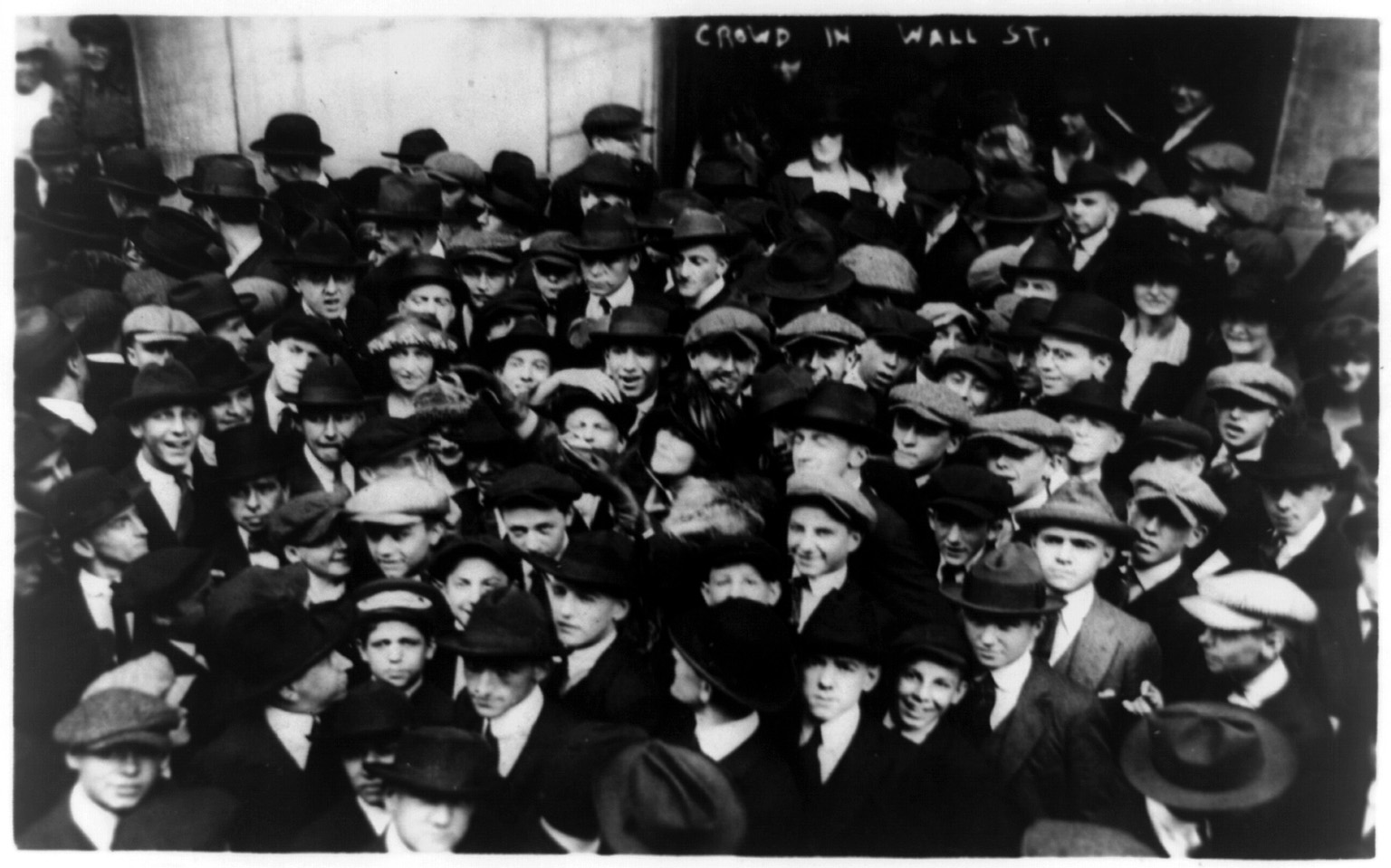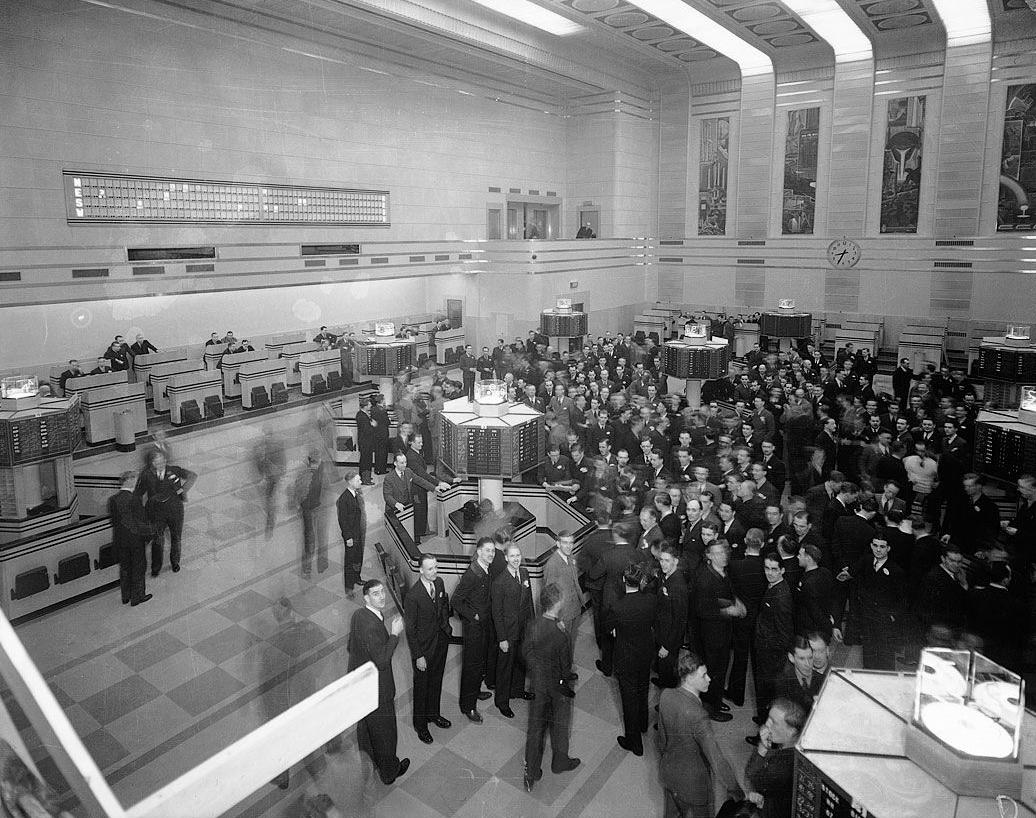|
Value Line Composite Index
The Value Line Composite Index was launched on the Kansas City Board of Trade (KCBT) in 1982, pioneering the first market index to trade futures market, ushering in a ground-breaking approach to risk management. KCBOT dropped the Value Line indices (Arithmetic and Geometric) effective 30th Aug 2013 and shifted the exchange distribution to NYSE’s Global Index Feed. Companies in the Value Line Index The total number of companies in the Value Line Composite Index hovers near 1681, and is composed of the same companies as The Value Line Investment Survey®, excluding closed-end funds. The Value Line Composite Index has two forms, the Value Line Geometric Composite Index or the Value Line Arithmetic Composite Index, as defined below. All companies in the Value Line Composite Index are publicly listed on one of the major exchanges listed below. The number of companies in the Value Line Composite Index fluctuates based on factors including: the addition or delisting of the companies ... [...More Info...] [...Related Items...] OR: [Wikipedia] [Google] [Baidu] |
Value Line
Value Line, Inc. is an independent investment research and financial publishing firm based in New York City, New York, United States, founded in 1931 by Arnold Bernhard. Value Line is best known for publishing ''The Value Line Investment Survey'', a stock analysis newsletter that is among the most highly regarded and widely used independent investment research resources in global investment and trading markets, tracking approximately 1,700 publicly traded stocks in over 99 industries. The "Value Line" defined The "Value Line" was a line representing a multiple of cash flow that Bernhard would visually "fit" or superimpose over a price chart. This was a pioneering attempt to normalize the value of different companies. He soon began publishing his investment survey. In 1946 Bernhard hired Samuel Eisenstadt, a brilliant and modest young man fresh out of the Army, as a proofreader. Eisenstadt was a graduate of Baruch College who majored in statistics. In 1965 Eisenstadt convinced Be ... [...More Info...] [...Related Items...] OR: [Wikipedia] [Google] [Baidu] |
Public Company
A public company is a company whose ownership is organized via shares of stock which are intended to be freely traded on a stock exchange or in over-the-counter markets. A public (publicly traded) company can be listed on a stock exchange (listed company), which facilitates the trade of shares, or not (unlisted public company). In some jurisdictions, public companies over a certain size must be listed on an exchange. In most cases, public companies are ''private'' enterprises in the ''private'' sector, and "public" emphasizes their reporting and trading on the public markets. Public companies are formed within the legal systems of particular states, and therefore have associations and formal designations which are distinct and separate in the polity in which they reside. In the United States, for example, a public company is usually a type of corporation (though a corporation need not be a public company), in the United Kingdom it is usually a public limited company (plc), i ... [...More Info...] [...Related Items...] OR: [Wikipedia] [Google] [Baidu] |
American Stock Exchange
NYSE American, formerly known as the American Stock Exchange (AMEX), and more recently as NYSE MKT, is an American stock exchange situated in New York City. AMEX was previously a mutual organization, owned by its members. Until 1953, it was known as the New York Curb Exchange. NYSE Euronext acquired AMEX on October 1, 2008, with AMEX integrated with the Alternext European small-cap exchange and renamed the NYSE Alternext U.S. In March 2009, NYSE Alternext U.S. was changed to NYSE Amex Equities. On May 10, 2012, NYSE Amex Equities changed its name to NYSE MKT LLC. Following the SEC approval of competing stock exchange IEX in 2016, NYSE MKT rebranded as NYSE American and introduced a 350-microsecond delay in trading, referred to as a "speed bump", which is also present on the IEX. History The Curb market The exchange grew out of the loosely organized curb market of curbstone brokers on Broad Street in Manhattan. Efforts to organize and standardize the market started early in ... [...More Info...] [...Related Items...] OR: [Wikipedia] [Google] [Baidu] |
NASDAQ
The Nasdaq Stock Market () (National Association of Securities Dealers Automated Quotations Stock Market) is an American stock exchange based in New York City. It is the most active stock trading venue in the US by volume, and ranked second on the list of stock exchanges by market capitalization of shares traded, behind the New York Stock Exchange. The exchange platform is owned by Nasdaq, Inc., which also owns the Nasdaq Nordic stock market network and several U.S.-based stock and options exchanges. History 1971–2000 "Nasdaq" was initially an acronym for the National Association of Securities Dealers Automated Quotations. It was founded in 1971 by the National Association of Securities Dealers (NASD), now known as the Financial Industry Regulatory Authority (FINRA). On February 8, 1971, the Nasdaq stock market began operations as the world's first electronic stock market. At first, it was merely a "quotation system" and did not provide a way to perform electronic trade ... [...More Info...] [...Related Items...] OR: [Wikipedia] [Google] [Baidu] |
New York Stock Exchange
The New York Stock Exchange (NYSE, nicknamed "The Big Board") is an American stock exchange in the Financial District of Lower Manhattan in New York City. It is by far the world's largest stock exchange by market capitalization of its listed companies at US$30.1 trillion as of February 2018. The average daily trading value was approximately 169 billion in 2013. The NYSE trading floor is at the New York Stock Exchange Building on 11 Wall Street and 18 Broad Street and is a National Historic Landmark. An additional trading room, at 30 Broad Street, was closed in February 2007. The NYSE is owned by Intercontinental Exchange, an American holding company that it also lists (). Previously, it was part of NYSE Euronext (NYX), which was formed by the NYSE's 2007 merger with Euronext. History The earliest recorded organization of securities trading in New York among brokers directly dealing with each other can be traced to the Buttonwood Agreement. Previously, securiti ... [...More Info...] [...Related Items...] OR: [Wikipedia] [Google] [Baidu] |
Toronto Stock Exchange
The Toronto Stock Exchange (TSX; french: Bourse de Toronto) is a stock exchange located in Toronto, Ontario, Canada. It is the 10th largest exchange in the world and the third largest in North America based on market capitalization. Based in the EY Tower in Toronto's Financial District, the TSX is a wholly owned subsidiary of the TMX Group for the trading of senior equities. The Toronto Stock Exchange was established in 1861, and incorporated by the Legislative Assembly of Ontario in 1878. The Toronto Stock Exchange became the sole Canadian exchange for senior equities in 1999. In 2002, the exchange became a publicly-traded company and rebranded from the TSE to the ''TSX'' A broad range of businesses from Canada and abroad are represented on the exchange. In addition to conventional securities, the exchange lists various exchange-traded funds, split share corporations, income trusts and investment funds. More mining and oil and gas companies are listed on Toronto Stock Exch ... [...More Info...] [...Related Items...] OR: [Wikipedia] [Google] [Baidu] |
Geometric Mean
In mathematics, the geometric mean is a mean or average which indicates a central tendency of a set of numbers by using the product of their values (as opposed to the arithmetic mean which uses their sum). The geometric mean is defined as the th root of the product of numbers, i.e., for a set of numbers , the geometric mean is defined as :\left(\prod_^n a_i\right)^\frac = \sqrt /math> or, equivalently, as the arithmetic mean in logscale: :\exp For instance, the geometric mean of two numbers, say 2 and 8, is just the square root of their product, that is, \sqrt = 4. As another example, the geometric mean of the three numbers 4, 1, and 1/32 is the cube root of their product (1/8), which is 1/2, that is, \sqrt = 1/2. The geometric mean applies only to positive numbers. The geometric mean is often used for a set of numbers whose values are meant to be multiplied together or are exponential in nature, such as a set of growth figures: values of the human population or inter ... [...More Info...] [...Related Items...] OR: [Wikipedia] [Google] [Baidu] |
Reciprocal
Reciprocal may refer to: In mathematics * Multiplicative inverse, in mathematics, the number 1/''x'', which multiplied by ''x'' gives the product 1, also known as a ''reciprocal'' * Reciprocal polynomial, a polynomial obtained from another polynomial by reversing its coefficients * Reciprocal rule, a technique in calculus for calculating derivatives of reciprocal functions * Reciprocal spiral, a plane curve * Reciprocal averaging, a statistical technique for aggregating categorical data In science and technology * Reciprocal aircraft heading, 180 degrees (the opposite direction) from a stated heading * Reciprocal lattice, a basis for the dual space of covectors, in crystallography * Reciprocal length, a measurement used in science * Reciprocating engine or piston engine * Reciprocating oscillation in physical wave theory Life sciences and medicine * Hybrid (biology), in genetics, the result of a reciprocal pair of crossings, forming ''reciprocal hybrids'' * Reciprocal altr ... [...More Info...] [...Related Items...] OR: [Wikipedia] [Google] [Baidu] |




